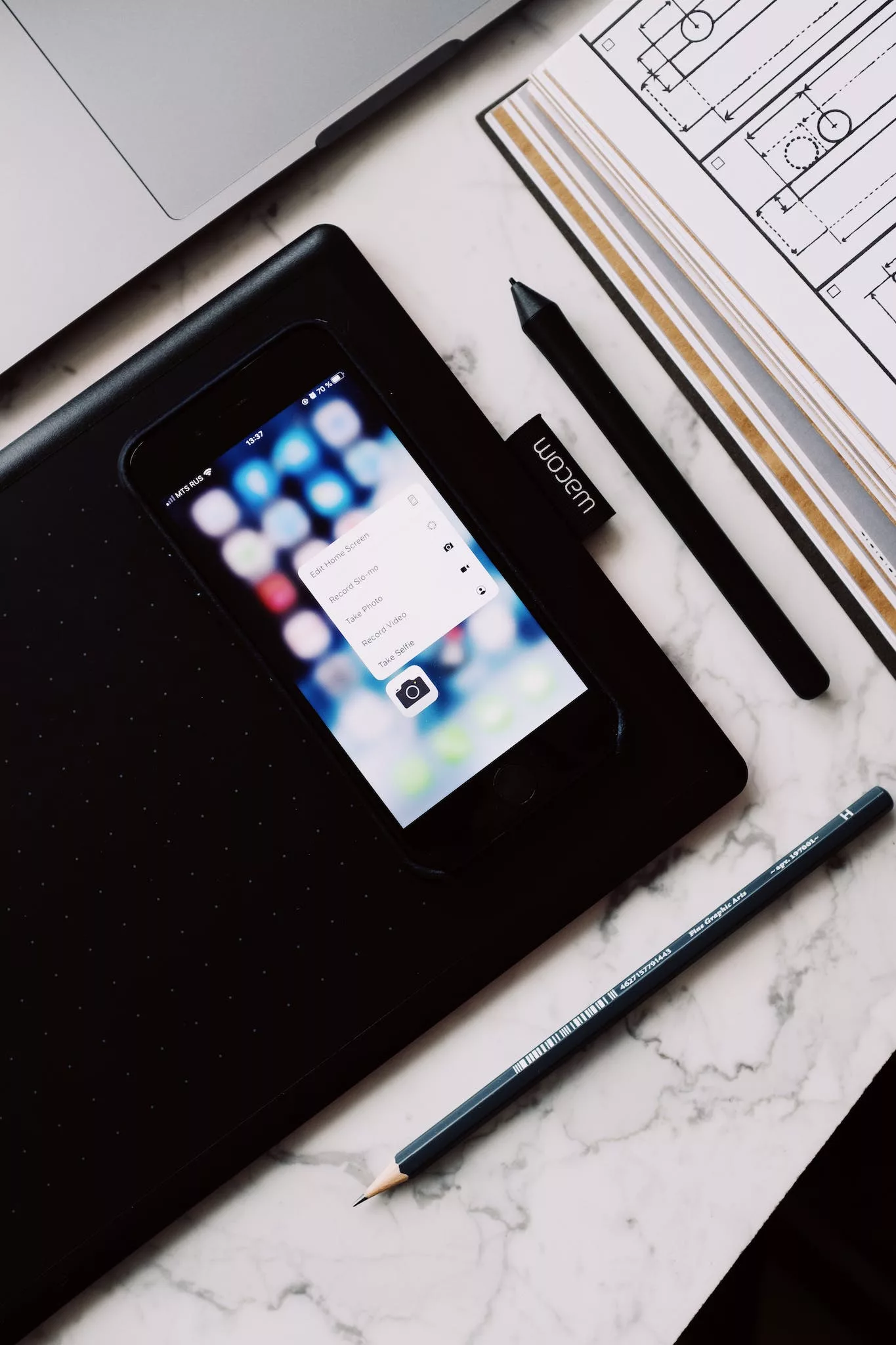Here’s a concise comparison table of design principles for mobile apps and desktop software:
| Design Principle | Mobile Apps | Desktop Software |
|---|---|---|
| User Interface (UI) | Touch-centric, gesture-based | Mouse and keyboard navigation |
| Screen Size | Limited screen real estate | Larger screen space |
| Navigation | Simplified, intuitive menus | Extensive menu options |
| Interaction | Thumb-friendly, swiping, tapping | Precise cursor control |
| Orientation | Portrait and landscape modes | Typically landscape orientation |
| Input Methods | Touchscreen, voice, sensors | Keyboard, mouse, stylus |
| Multi-Tasking | Limited due to small screens | Multitasking is common |
| Responsiveness | Quick response time expected | Tolerance for slower response |
| Information Density | Concise, focused information | More information per screen |
| Notifications | Frequent, concise notifications | Typically fewer notifications |
| Gestures | Common (e.g., pinch-to-zoom) | Less reliant on gestures |
| Context Sensitivity | Location, motion, and context | Often less context-sensitive |
Please note that these are general principles and the specific design choices may vary depending on the nature of the mobile app or desktop software and the target audience. Additionally, modern design often blurs the lines between these two categories, with responsive design principles allowing for adaptability across different devices and screen sizes.
